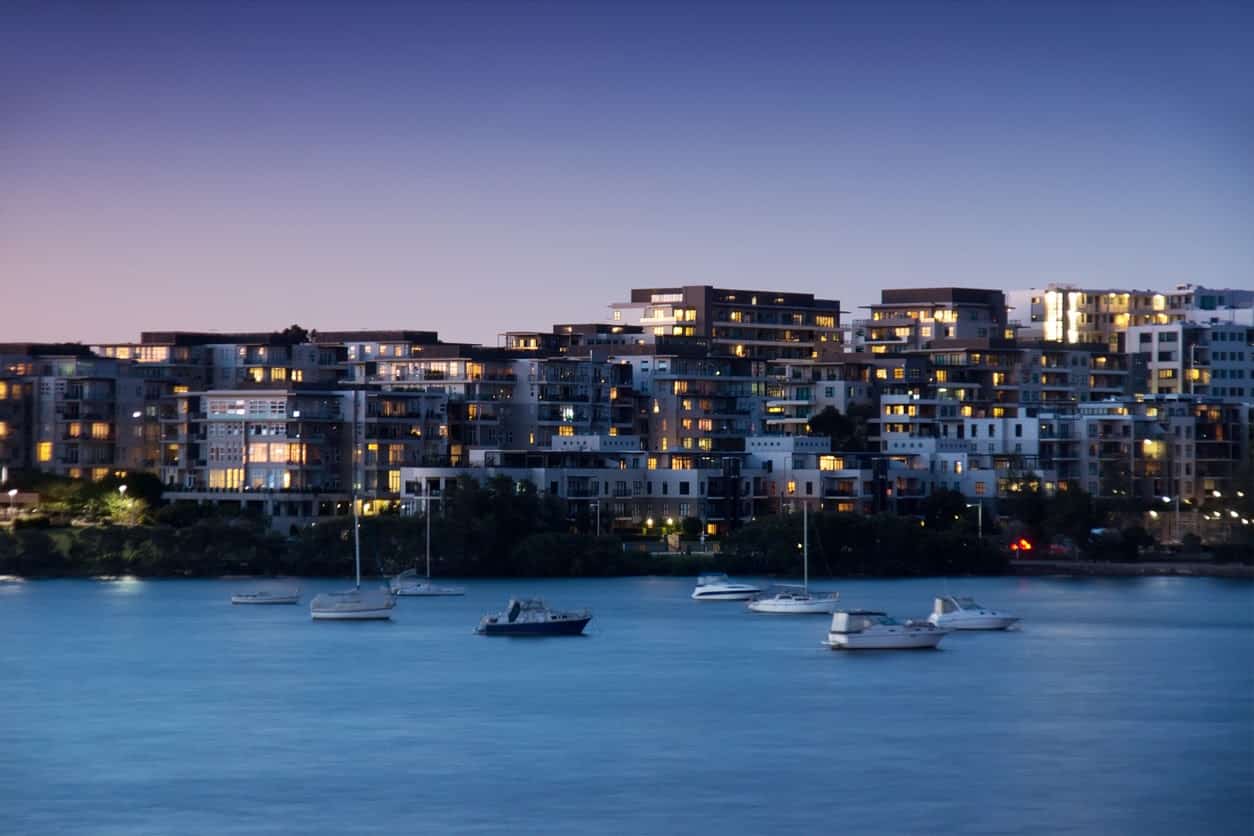An ideal climate for a market recovery
Buyers waiting for the perfect price window to purchase their next property should think twice about sitting on the fence. Recent industry data shows home values across the capital cities continue to rise, and market conditions are creating an ideal climate for a real estate recovery.
The end of 2019 marked the fifth consecutive month that CoreLogic’s Home Value Index called a national increase as values rose by 1.7 per cent. Since hitting a trough in June this year, national dwelling values have rebounded 4.7 per cent. There is still room for improvement, however, as values still sit 4.1 per cent below their 2017 peak.
While Sydney and Melbourne lead the charge with values up 2.7 per cent and 2.9 per cent respectively, Brisbane is slower but steady at 0.8 per cent.
Financial issues
CoreLogic’s head of research, Tim Lawless, highlighted in the index that much of the real estate recovery trend is concentrated within the premium sector, particularly in Sydney and Melbourne where the top quartile is outperforming the middle and lower quartile of the market.
Values across Sydney’s top quartile were up 7.4 per cent over the quarter to November 30 and up 8.1 per cent in Melbourne. He added that Brisbane’s premium properties were also outperforming lower value properties.

“The stronger performance across the higher value end of the market can likely be attributed to a combination of values falling more in this sector during the downturn, as well as recent adjustments to serviceability rules which has boosted borrowing capacity,” he said.
Additionally, the scarcity value of detached homes in many of the blue-chip property markets is another factor supporting strong capital gains. As housing values become less affordable in these high-end markets, demand is likely to ripple outwards to the more affordable areas.”
Investment trends
Softer rental growth, according to Mr Lawless, can be attributed to a range of factors including rising rental supply, caused by unprecedented levels of residential property investment between 2012 and 2017 and a significant increase in high rise apartment construction
“Additionally, a larger than normal number of renters have transitioned to first-home buyers, thereby denting rental demand,” he explained in the index.
Although gross rental yields have been lower, so have interest rates. By the end of October, the average three-year fixed rate for an investor mortgage sat at 3.48 per cent – lower than capital city gross rental yields for the first time since CoreLogic started tracking yields in 2007
This implies that more properties will be soon showing a positive cash flow for investors.
Clearance rates around the nation continue to remain high.
Auction clearance – highs and lows
During the final week of November, more than 3000 homes were scheduled to go under the hammer – making it the busiest auction week for 2019. The preliminary national clearance rate for the seven-day period sat at 78.9 per cent.In Sydney, 1131 auctions were planned, resulting in a 84.7 per cent clearance, which was a marked improvement on 41.6 per cent from 937 auctions a year ago.
For Melbourne, 1497 homes were due to go under the hammer yielding a 78.3 per cent clearance. Last year the Victorian capital recorded a 42.7 per cent clearance from 1378 auctions.
Brisbane’s less auction-dominant market saw a 54.8 per cent clearance rate for the last week of November from just 138 auctions, but an improvement on the same time in 2018 when 126 homes auctioned resulted in a 31.6 per cent clearance.

